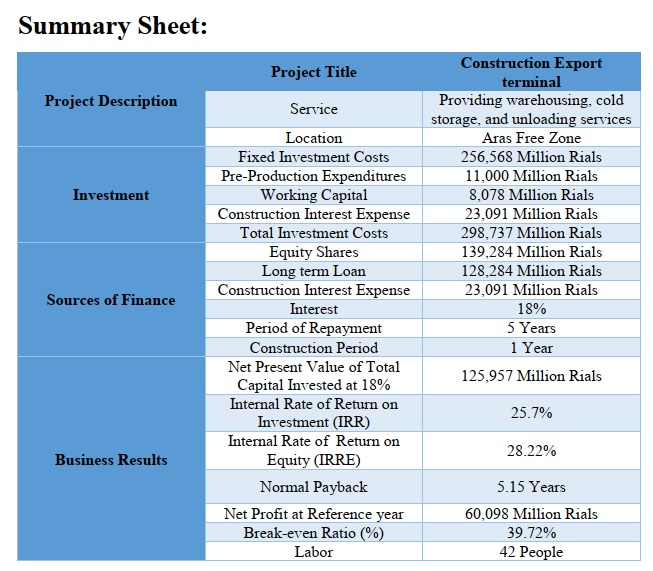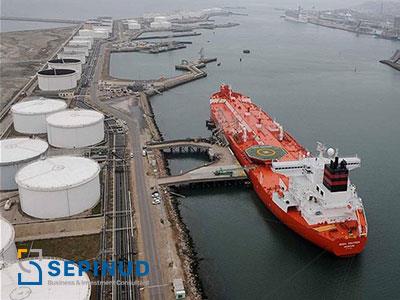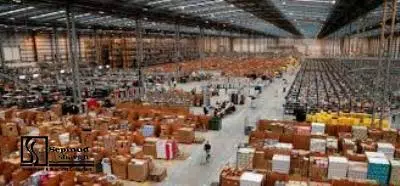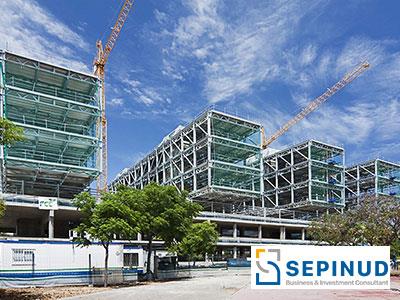Feasibility Study of Construction of an Export Terminal
Abstract:
Expansion of foreign trade among countries in recent years, facilitation of export barriers and
regulations and increasing export terminals are at the top priorities of Iran's development plan.
Export barriers at Iran's export terminals impose additional and unnecessary costs for merchants.
Export terminals are among most important infrastructures, due to the high influence on reducing
export costs and focusing on export-related services such as transportation, customs, insurance
and standardization.
Aras Free Zone, located close to Aras River and its fertile lands, is suitable for industrial
farming, creating large agro-industrial complexes with aim of export to the Caucasian countries
and capital city of Tabriz as a trade center and having industrial capacity consisting of industries
located in East of Azerbaijan for developing productions and market.
Meanwhile, the completion of shipping infrastructure creates a positive effect on developing
commercial and economic exchange with Caucasian countries.
Tourist attractions, mineral materials and huge water resources are the main natural resources in
the region. Besides 20-year tax exemption on legal and real person’s income, free inflow and
outflow of capital, tax exemption on value added and unlimited money transfer rate have made
great potentials for investment and profitable economic activities.
Jolfa-Tabriz railway, that connects Aras Free Zone with independent countries and the common
wealth of independent states, Caucasian countries, Russia, Turkey, Black sea, Europe, Persian
Gulf and Oman in the South, is one of the most important railways in Iran that has a great
influence on development of the country. Moreover, Tabriz-Jolfa railway links Jolfa, Noordooz
and Khoda Afarin with Nakhjavan, Armenia and Azerbaijan. Also Bazargan border road
interlinks Bileh Savar to European and CIS countries.
In addition, construction of Aras Free Zone airport is on the planning stage due to the 120-km
distance between Tabriz international airport to Aras Free Zone and the 35-km distance from
Nakhjavan airport to Aras Free Zone.
Due to the investment in Goordian Desert (1800 acres), Golfaraj (25100 acres), Khoda Afarin
(more than 70,000 acres) and greenhouses (350 acres) in the last decades, production capacity of
agro products in these regions is about 70,000 tons in a year. However, Aras Free Zone enjoys
multiple transportation (roads, railways, air) and development plans that will provide the tropical
and subtropical products of the country to the north east countries especially Russia and Europe.
Due to continuous development of the industrial zones, this region is expected to be considered as a
leading region among other free zones of the country in the fields of industry, agriculture and exports.
The study of export rates of Iranian products to Azerbaijan indicates the inefficiency of export
infrastructures. This study examines the feasibility of construction of an export terminal as a
specialized export transportation infrastructure which concentrates on export services in order to
create a competitive advantage for domestic products in Aras Free Zone.






.jpg)
.jpg)
.jpg)
